This article was medically reviewed by Erik Kramer, DO, MPH. Dr. Erik Kramer is a Board-Certified Primary Care Physician at the University of Colorado. With over 15 years of experience, his clinical interests include obesity and weight management, diabetes care, and preventive care, as well as embracing a holistic approach to primary care. He received his Doctorate in Osteopathic Medicine (D.O.) from the Touro University Nevada College of Osteopathic Medicine and completed his residency at Central Maine Medical Center. Dr. Kramer is a Diplomate of the American Board of Obesity Medicine.
There are 12 references cited in this article, which can be found at the bottom of the page.
This article has been viewed 21,831 times.
Notalgia paresthetica, commonly called NP, is a common but chronic nerve condition that causes unexplained itching and burning between your shoulder blades. It’s harmless and doesn't cause any damage to your body, but can be very annoying and disruptive. Unfortunately, doctors are a bit mystified by NP, and haven’t developed a universal treatment regimen. The most effective treatments are physical therapy or manipulation to relieve nerve pressure in the back. Topical treatments can relieve the itching and burning temporarily, but these don’t treat the underlying condition. If you’re experiencing NP, then some of the following remedies might help improve your symptoms.
Steps
Applying Topical Treatments
-
1Rub capsaicin cream onto the affected area. This cream is used for many chronic pain disorders like arthritis, and it may be helpful for treating NP. Try rubbing the cream onto the affected area 3 times a day for 3-6 weeks and see if your symptoms improve. If you don’t see any improvement, stop using the cream.[1]
- Monitor the area for any redness or increased pain and stop using the cream if you see these symptoms.
- Capsaicin also comes in patches. This could prevent the cream from making a mess on your clothes.
- This cream, along with other topical treatments, usually only relieves the pain or itching temporarily.
-
2Use lidocaine cream or patches to numb the area. Lidocaine is a topical analgesic that numbs your skin temporarily. It’s often used on irritations or burns, but it could also help with NP. Try rubbing some cream or applying a patch up to 3 times per day to see if this helps.[2]
- Many lidocaine products are available over-the-counter, but you can get a stronger type with a doctor’s prescription.
- Don’t use lidocaine on any open cuts or wounds. It could cause serious irritation.
Advertisement -
3Get a topical steroid cream prescription for a stronger treatment. This is another treatment choice that some doctors try to relieve NP. You’ll need a prescription for this medication, so visit your doctor first. Then follow your doctor’s prescription instructions and rub the cream onto the affected area as much as you’re instructed to.[3]
- Some weaker topical steroid products are available over the counter, however these might not work as well.
-
4Talk to your doctor about using these treatments long-term. Unfortunately, while these treatments can provide temporary relief from your symptoms, they won’t cure your NP. You may need to keep applying your topical treatment of choice over a long period of time, or your symptoms could come back. Ask your doctor how long you can safely apply the medication.[4]
- There’s some danger that side effects can develop if you regularly use topical steroids over a long period of time. If you’re starting to experience symptoms such as skin rashes or breakouts, excess hair growth, or changes in your skin pigment, talk to your doctor about alternative treatment options.[5]
Trying Internal Medications
-
1Take gabapentin to alleviate the neuropathic pain. Gabapentin is a nerve medication that’s usually used to treat epilepsy, but it can also help alleviate nerve pain. Speak to your doctor and see if gabapentin might be right to alleviate your NP symptoms. This is a prescription medication, so follow all of your doctor’s dosing instructions to take it properly.[6]
- You usually have to gradually increase your gabapentin dosage. Your doctor might start with 300 mg for a few days before instructing you to take more.
- Gabapentin has a lot of drug interactions, so if you take any prescription medications, then your doctor might not want you to take it.[7]
-
2Try antidepressants to inhibit pain in your back if nothing else works. There is some evidence that antidepressant drugs can help with nerve disorders like NP by increasing the amount of serotonin in your body. If no other treatments have worked, then your doctor might try prescribing antidepressants to help your condition.[8]
- Antidepressants could cause mood or behavioral problems like anxiety, fatigue, or agitation. Keep in contact with your doctor and let them know right away if you feel like the drugs are having a bad effects on you.[9]
-
3Have botulinum injections if other treatments aren’t helping. Botulinum toxin is mostly known for facial Botox injections to fight wrinkles, but it’s also used for other health treatments. The toxin may numb the nerves around your spine and improve your symptoms. Speak with your doctor about getting injections around the affected area to treat your NP.[10] Unfortunately, trials of this treatment have not shown that it is especially helpful for treating NP, so it’s best to try other treatment options first.[11]
- You may need more than one botulinum injection for the treatment to remain effective.
- Never try to inject botulinum toxin by yourself. This is very dangerous and should only be done by a professional.
Relieving Nerve Pressure
-
1Visit an osteopathic doctor for a targeted back manipulation. This is essentially a type of massage that applies pressure along your spinal column and releases tight muscles and nerves. Since pinched nerves can cause NP, releasing pressure on the nerves along your spine may be helpful for treating the condition. Book an appointment with an osteopathic doctor for a session of back manipulation. It might take a few appointments before you see any change.[12]
- This type of treatment is different from a regular massage. While massage therapists are skilled at releasing back tension, they don’t have the same level of training as osteopathic doctors, who have completed medical school and residencies. If you want to relieve NP, visit an osteopathic doctor rather than a massage therapist.
-
2Complete a round of physical therapy to build strength in your back. There is some evidence that increasing strength and flexibility in your back might help with NP. Try visiting a physical therapist and describing the problem. They can then design an exercise, stretching, and strength-building regimen to strengthen your back muscles. Complete all of their recommended exercises and keep up with your appointments. You might see some improvement in your condition.[13]
- You may need a prescription from your primary care doctor for physical therapy. Even if a therapy office accepts patients without a prescription, your medical insurance may not cover the treatment if you don’t get a prescription first.
- Physical therapy requires a lot of work outside your regular appointments. You usually have to stretch or exercise at home to complement the physical therapist’s treatments. Stay on top of the activities your therapist assigns so the treatment is as effective as possible.
- For a stretch that might help relieve NP, sit straight up and extend your arms out to your sides. Then pinch your shoulder blades together and hold it for 5-10 seconds. Repeat this 5-10 times to stretch out your spine.[14]
-
3Undergo transcutaneous electrical nerve stimulation (TENS). TENS is a treatment that uses low-voltage electricity on nerve receptors to numb the sensations you feel. A doctor will attach electrodes to the affected area and administer a series of gentle, painless shocks. This is a common treatment for chronic pain issues like fibromyalgia, and might be helpful for NP as well. Speak with your doctor to get a referral to a TENS treatment center.[15]
- This treatment might sound a little scary, but it’s routine and painless. You might feel a bit of pressure, but the electrical current is not strong enough to hurt you.
- Your doctor may not approve TENS treatment if you have high blood pressure, cancer, a heart problem, or a bleeding disorder. The electricity could interfere with your heart rhythm if you have an underlying condition, and the electrodes could cause bruises if you have a bleeding disorder.
-
4Correct a herniated disc with surgery if necessary. It’s possible that a herniated disc could cause NP as well. Visit a doctor for an x-ray or CT scan to check for damage along your back. If you’re diagnosed with a herniated disc, then minor surgery can correct the problem. A surgeon will remove the herniated portion of your vertebrae to relieve pressure on your spine. Most people report a significant improvement in their pain and discomfort after undergoing this surgery, so it may be right for you.[16]
- Surgery isn’t always needed for a herniated disc. Sometimes physical therapy and rest is all you need. Follow your doctor’s directions for the best treatment.
- Generally, doctors won’t approve you for back surgery unless the pain is getting in the way of your everyday life. This is because all surgery involves risks, and they won’t think the risk is worth it unless your quality of life is impacted.[17]
Warnings
- If you notice any new itching, burning, or irritation after using topical treatments, stop using them right away and contact your doctor.⧼thumbs_response⧽
References
- ↑ https://www.aocd.org/page/NotalgiaParesthetica
- ↑ https://www.aocd.org/page/NotalgiaParesthetica
- ↑ https://rarediseases.info.nih.gov/diseases/7225/notalgia-paresthetica
- ↑ https://www.ncbi.nlm.nih.gov/pmc/articles/PMC3663387/
- ↑ https://www.ncbi.nlm.nih.gov/pmc/articles/PMC4228634/
- ↑ https://medlineplus.gov/druginfo/meds/a694007.html
- ↑ https://www.practicalpainmanagement.com/pain/spine/referred-back-pain/notalgia-paresthetica-enigmatic-condition
- ↑ https://jaoa.org/article.aspx?articleid=2093777
- ↑ https://www.mayoclinic.org/diseases-conditions/depression/in-depth/antidepressants/art-20049305
- ↑ https://rarediseases.info.nih.gov/diseases/7225/notalgia-paresthetica
- ↑ https://www.jaad.org/article/S0190-9622(13)01336-4/fulltext
- ↑ https://www.practicalpainmanagement.com/pain/spine/referred-back-pain/notalgia-paresthetica-enigmatic-condition
- ↑ https://www.aocd.org/page/NotalgiaParesthetica
- ↑ https://www.medicaljournals.se/acta/content_files/files/pdf/91/3/3380.pdf
- ↑ https://rarediseases.info.nih.gov/diseases/7225/notalgia-paresthetica
- ↑ https://www.ncbi.nlm.nih.gov/pmc/articles/PMC3663387/
- ↑ https://www.aans.org/Patients/Neurosurgical-Conditions-and-Treatments/Herniated-Disc
- ↑ https://www.ncbi.nlm.nih.gov/pmc/articles/PMC3663387/
- ↑ https://www.mayoclinic.org/diseases-conditions/shingles/symptoms-causes/syc-20353054
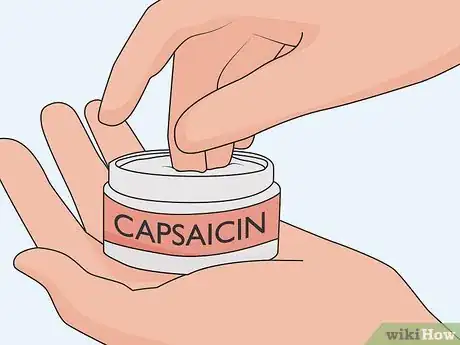
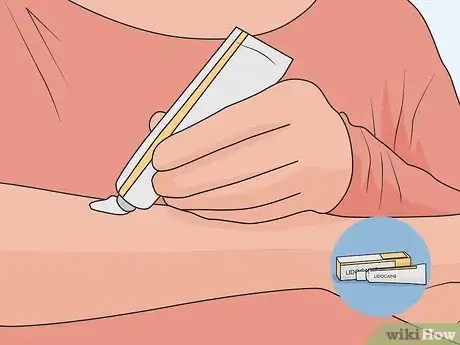
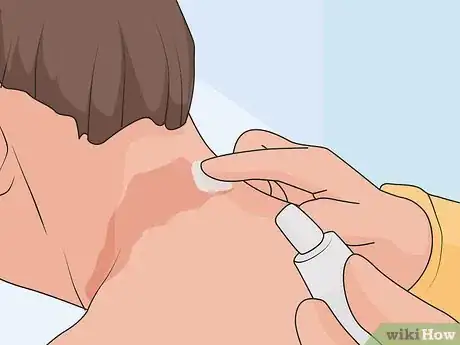
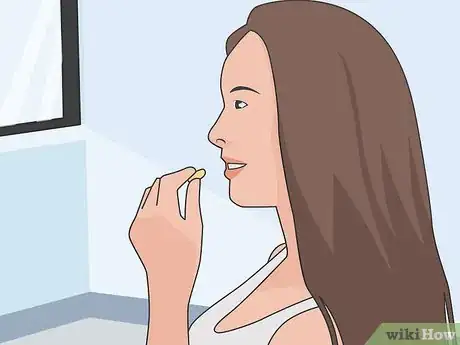
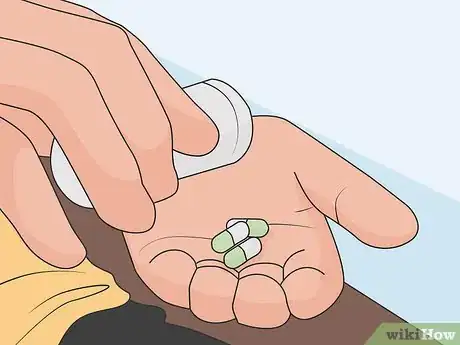
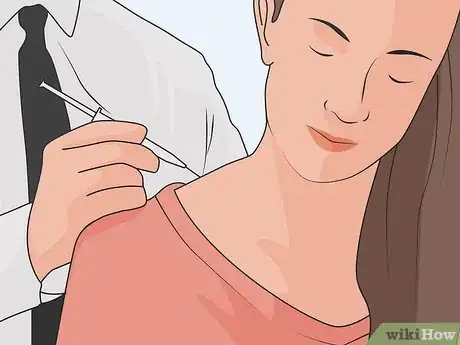
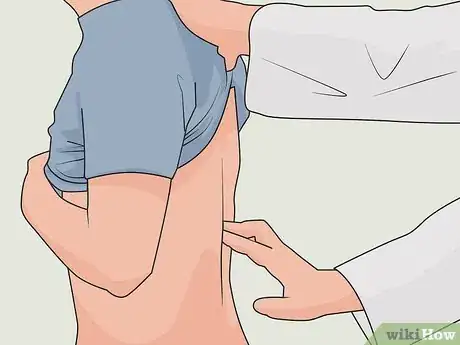
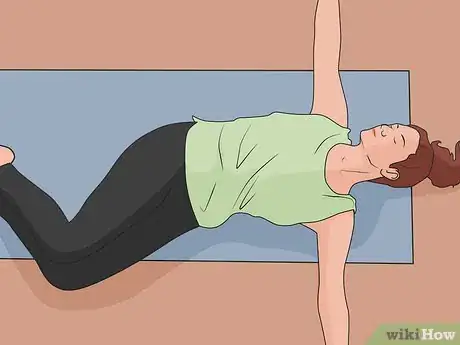
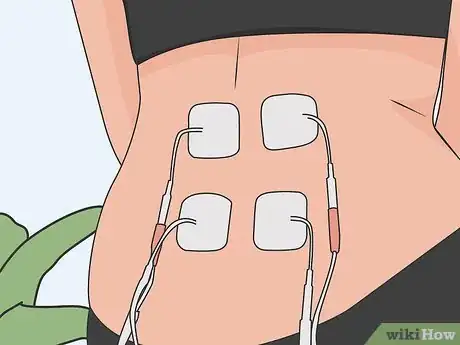
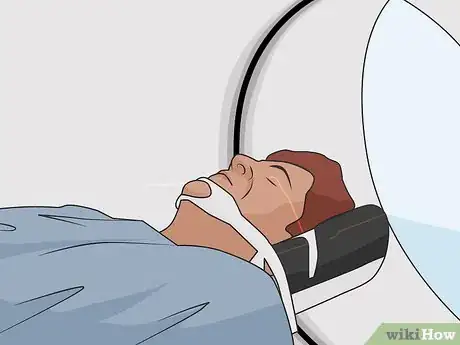
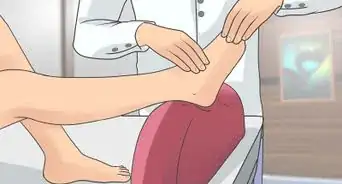
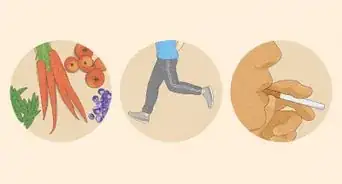
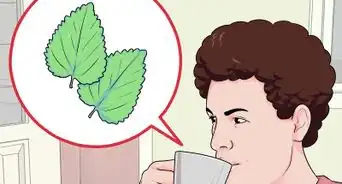
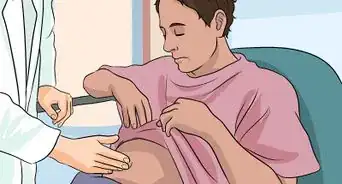
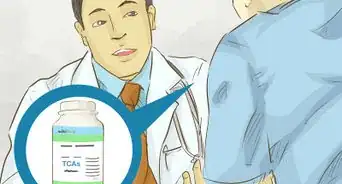
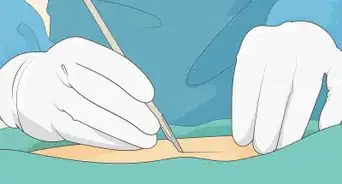

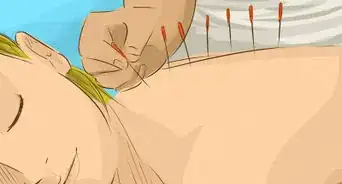
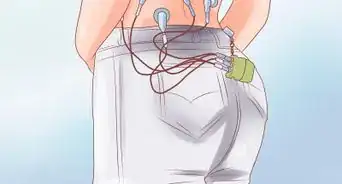
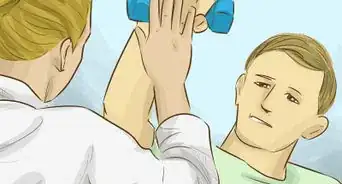
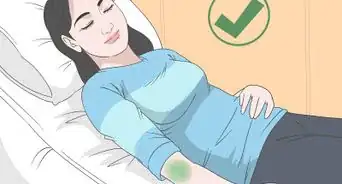
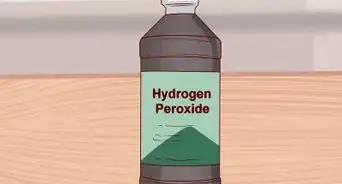
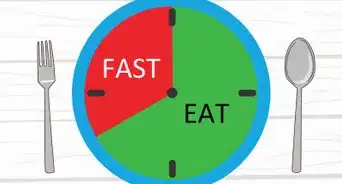
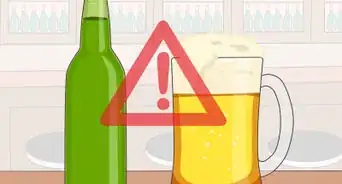







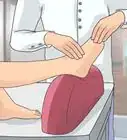
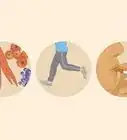
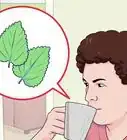
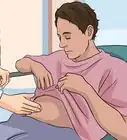



































Medical Disclaimer
The content of this article is not intended to be a substitute for professional medical advice, examination, diagnosis, or treatment. You should always contact your doctor or other qualified healthcare professional before starting, changing, or stopping any kind of health treatment.
Read More...